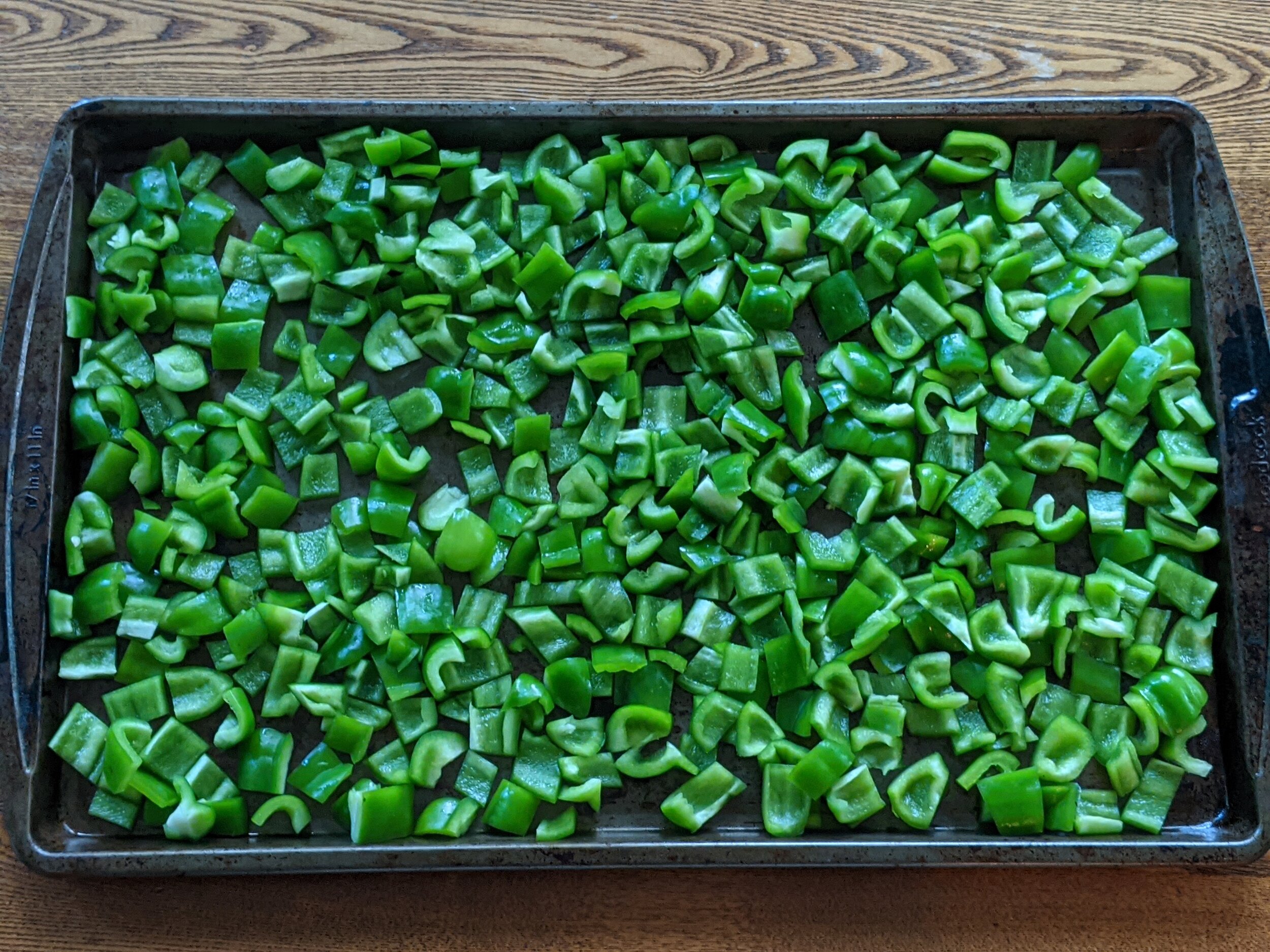I discovered yoga in a high school gym class. I think it was raining outside, so the gym teacher threw on a yoga video and let us have at it. I was a student athlete, so I was physically at the top of my game…fast, flexible, strong. But I remember feeling like yoga tapped into a different part of me. Something deeper than physical ability.
I didn’t have access to yoga classes back then, so I bought a Denise Austin VHS video. I remember some of the phrases she’d use because I watched it so much. There was one line where she said breathily, “Child’s pose. My favorite part.” Not sure why that stuck with me, but she wasn’t wrong. Child’s pose is pretty legendary.
Anyway, I was always drawn to yoga. The mindful focus on breath. The twists. The stretches. The balance poses. I remember being in classes as a 20-something, hearing the older people around me groaning into poses. I get it now. I found yoga when it was just a chill pastime; now that I’m past 40, I need yoga. I have officially become the achy woman groaning into the poses.
During the pandemic, I decided (like everybody and their cousin, I’m sure) to finally go for it and get my yoga teaching certificate. It was such a worthwhile undertaking, and I’m proud to announce we’ll now be offering outdoor yoga. Just like we do everything else on the farm, we’ll be facilitating a fail better style of yoga. We come to the mat as imperfect beings doing our best, and we hope you’ll join us.
Stay tuned for specifics.









































Our pasture-raised, rotationally-grazed, happy hens produce eggs in a variety of colors, including blue, green, brown, dark brown, and white. (While every color can not be promised in every box, we’ll do our best to make a beautiful arrangement for you!)
ALL PRODUCTS ARE AVAILABLE FOR PICK-UP ONLY.